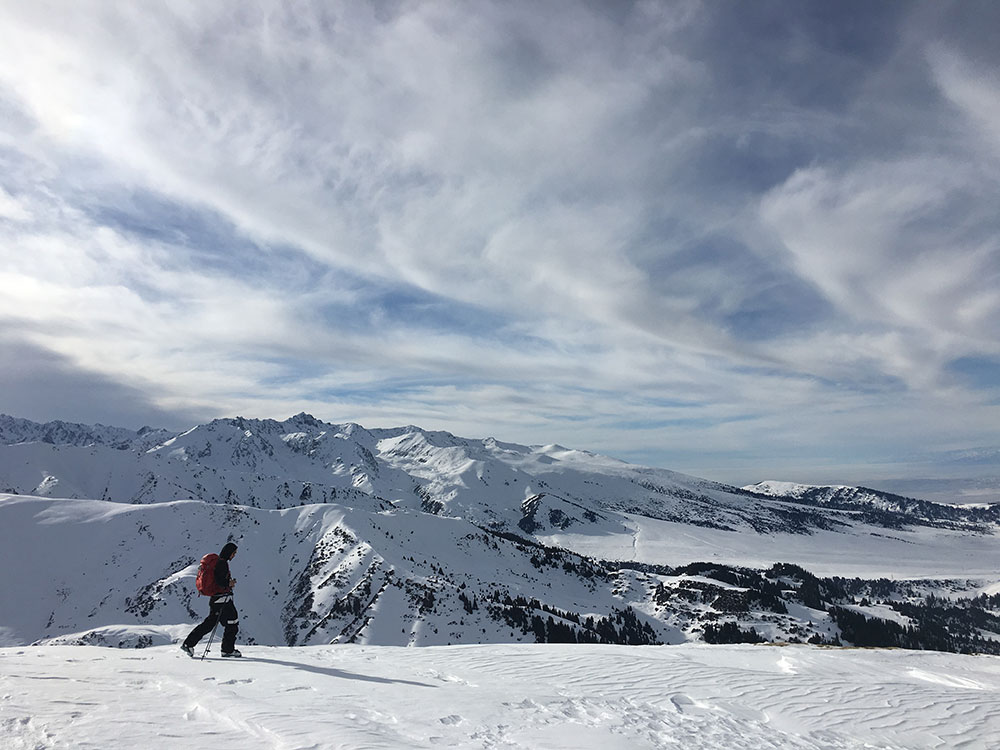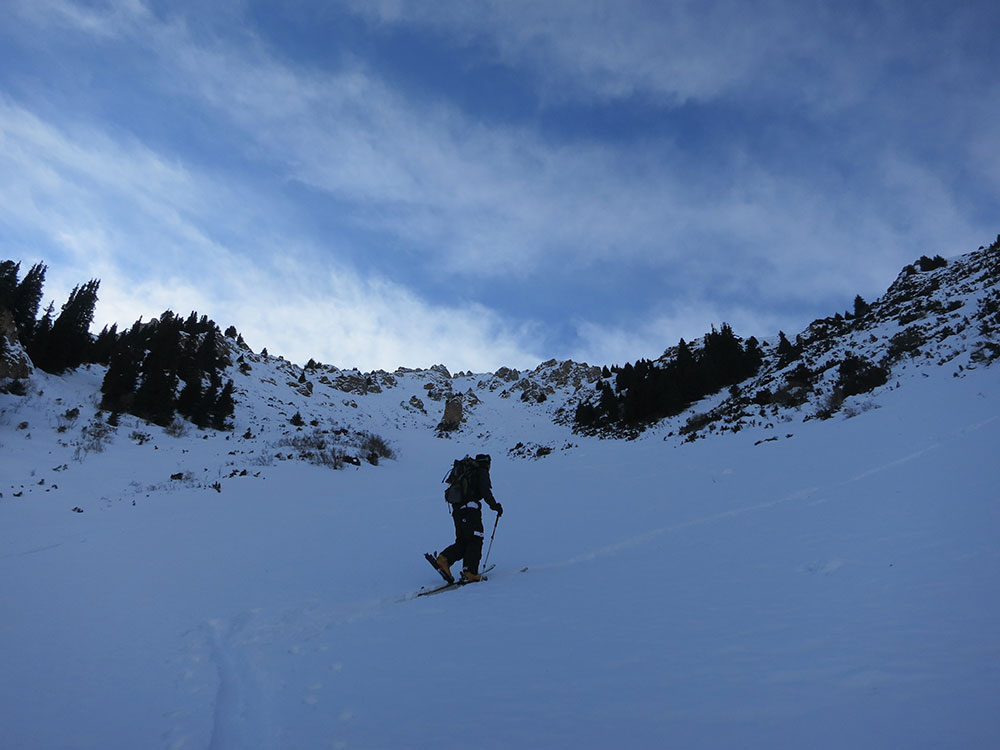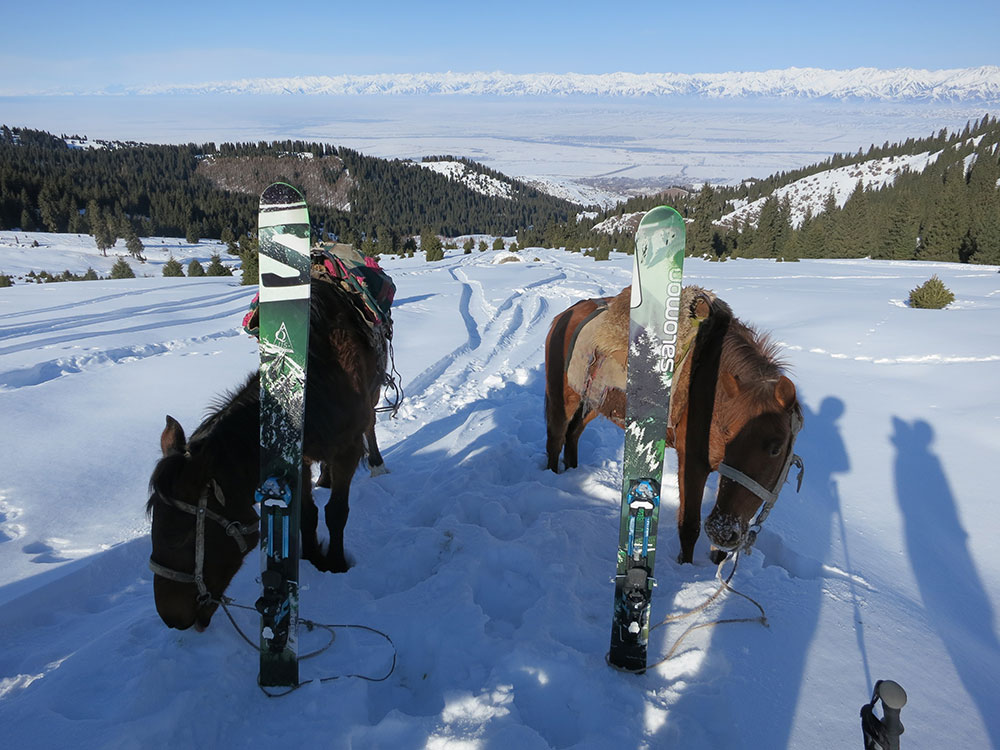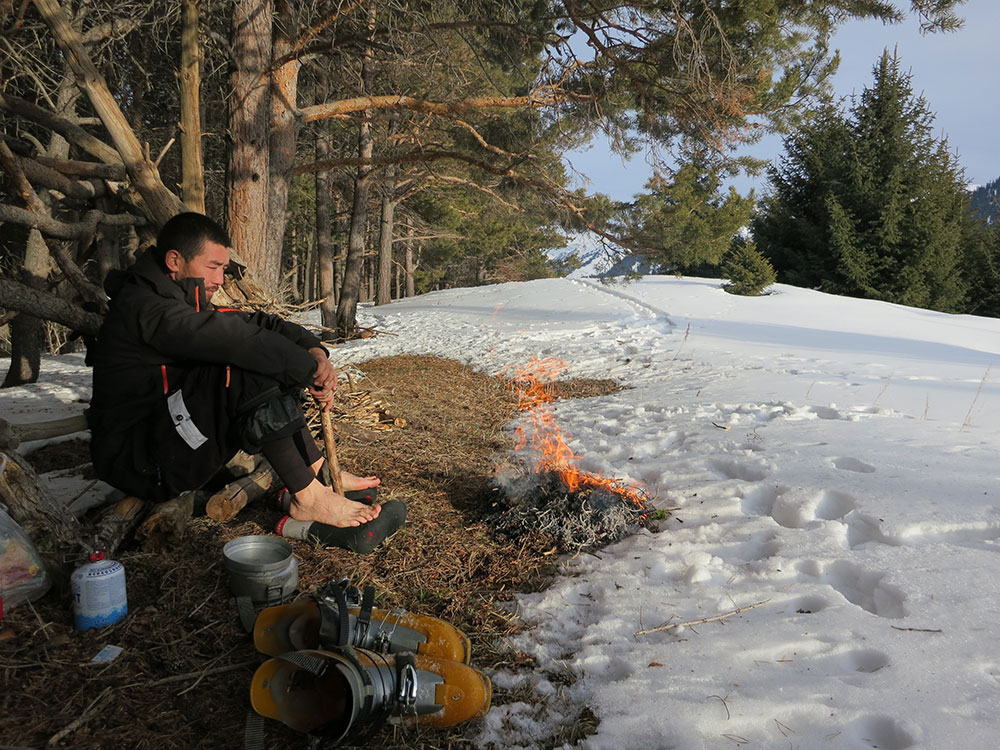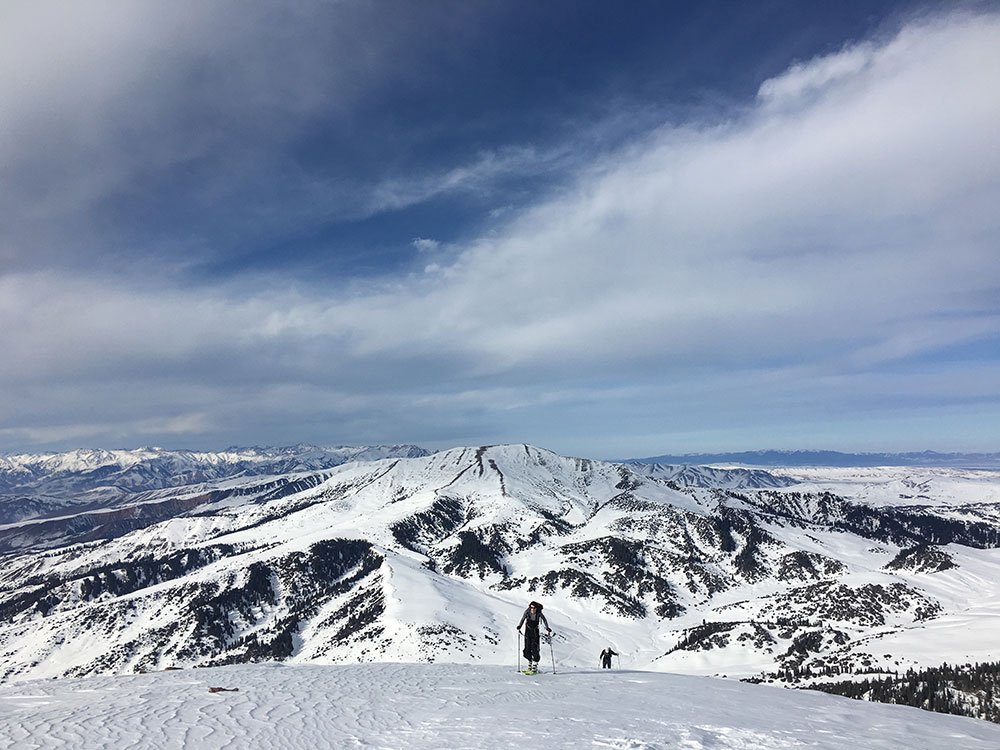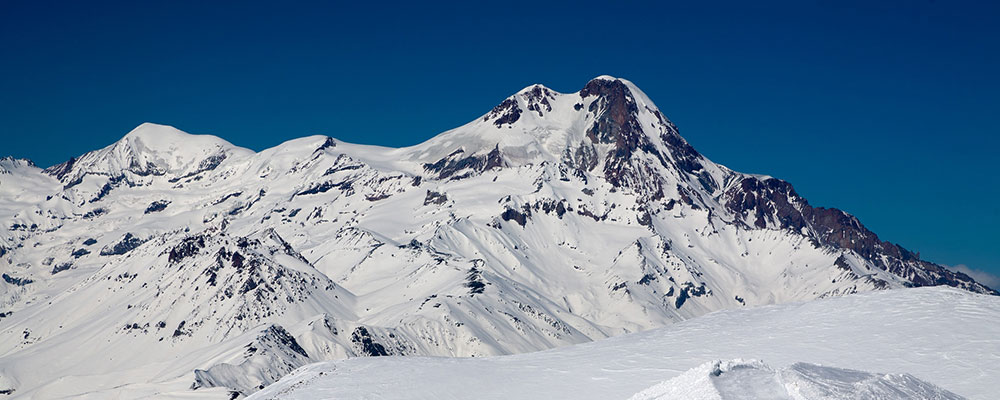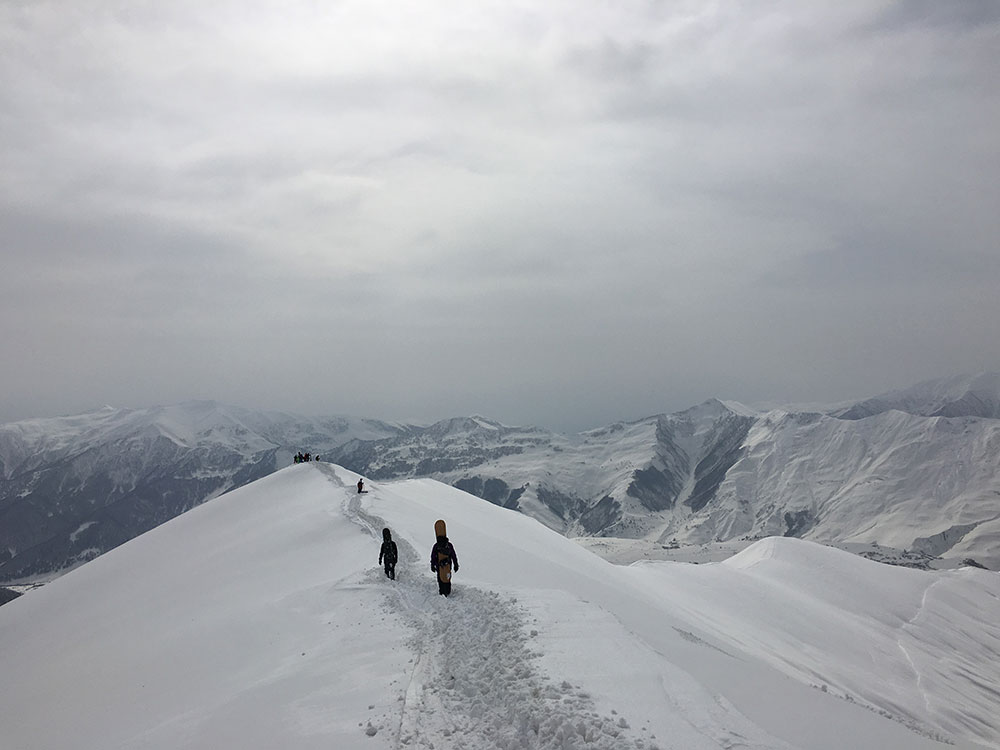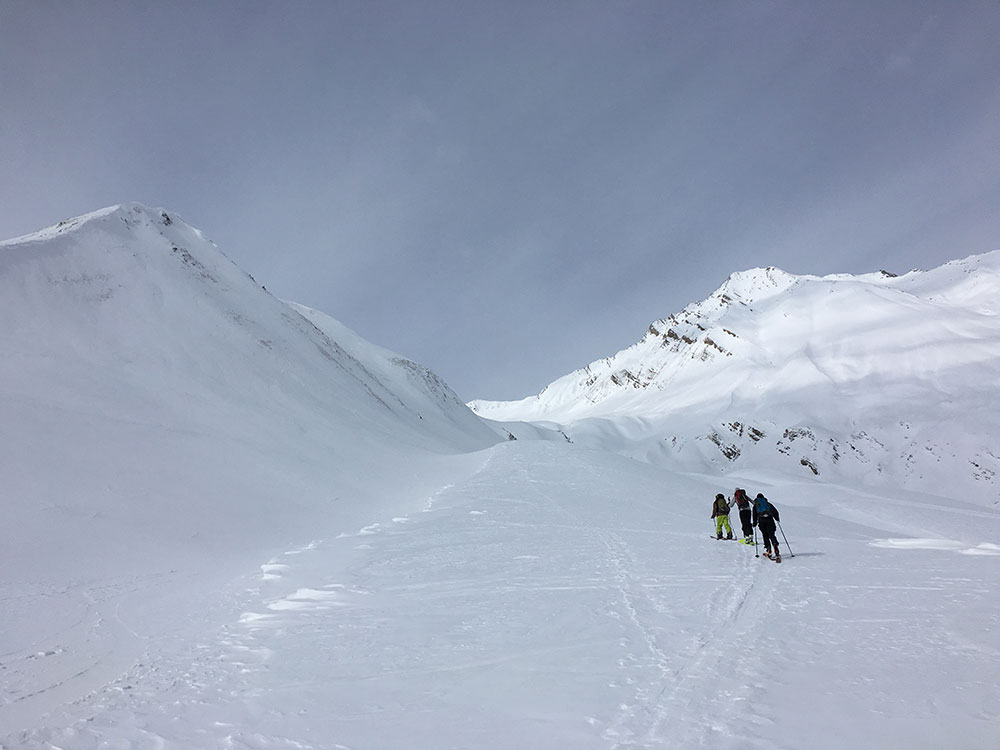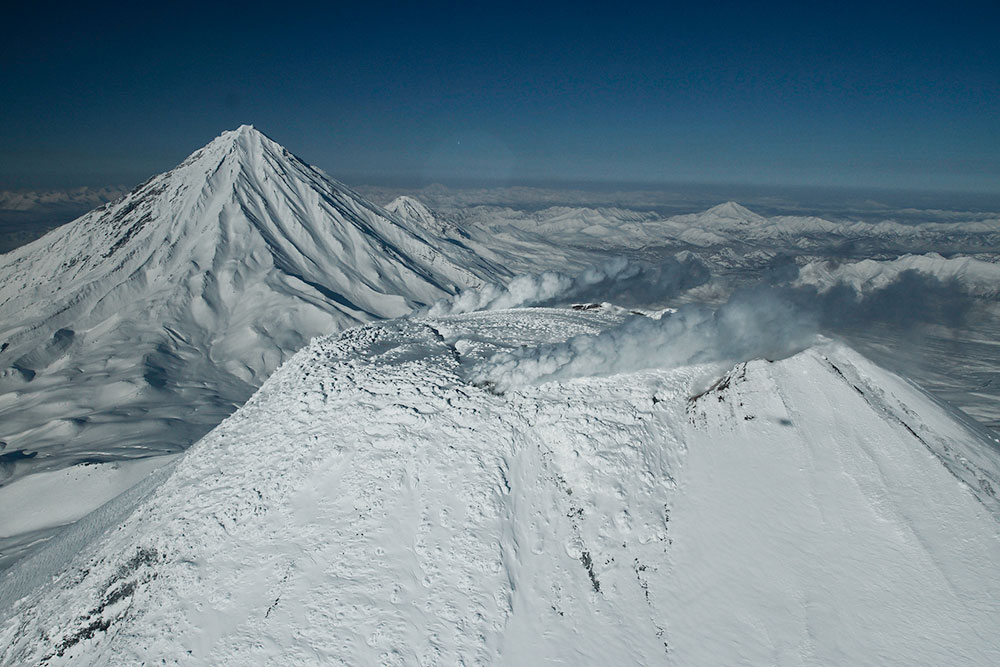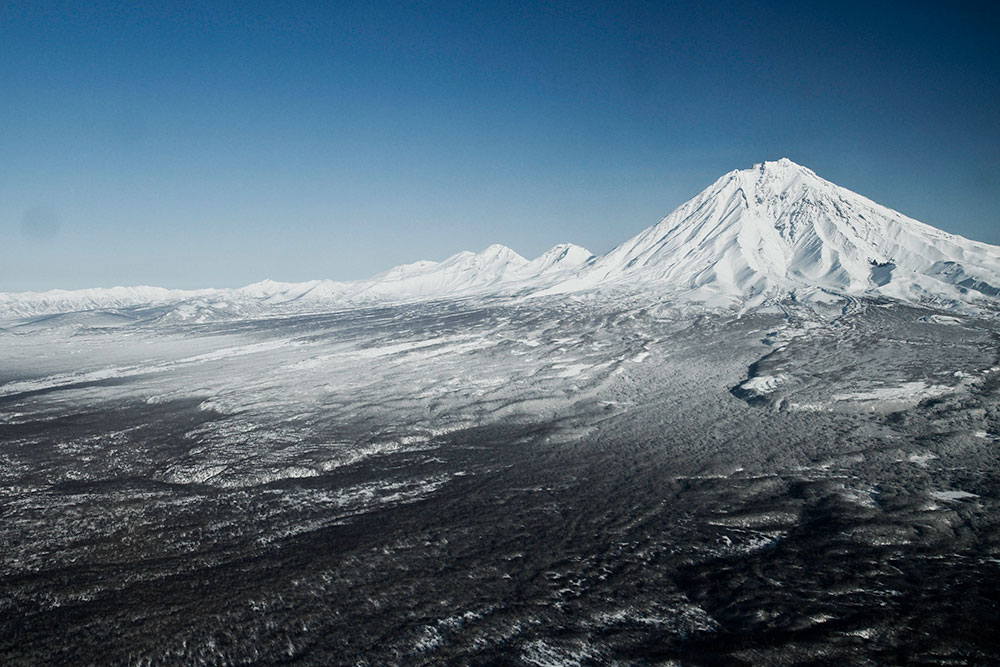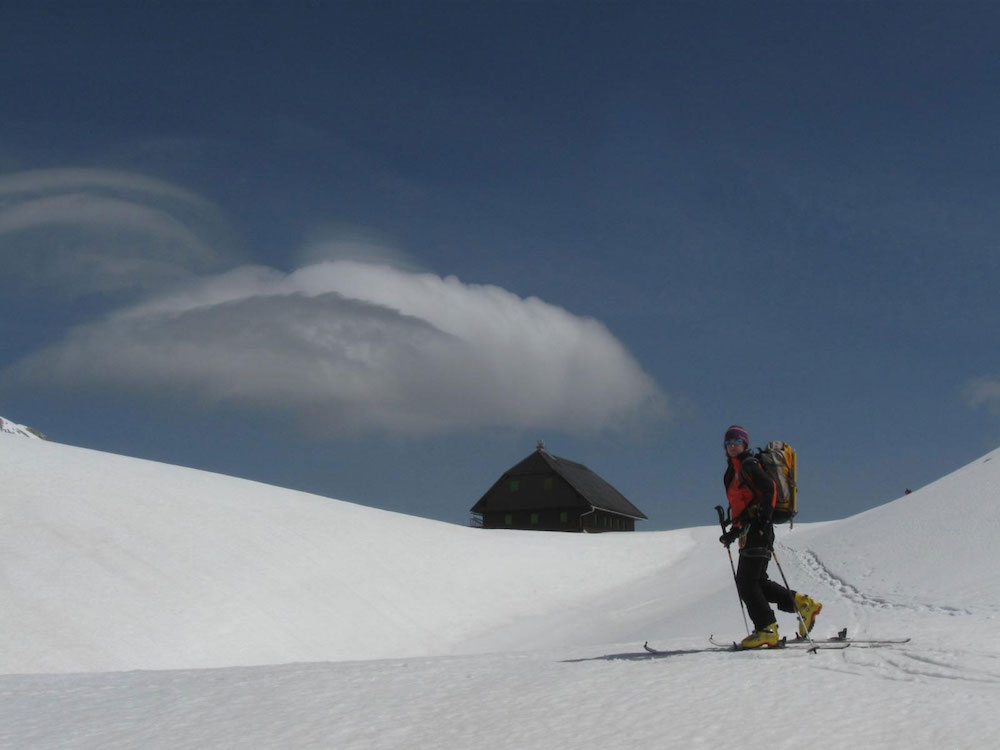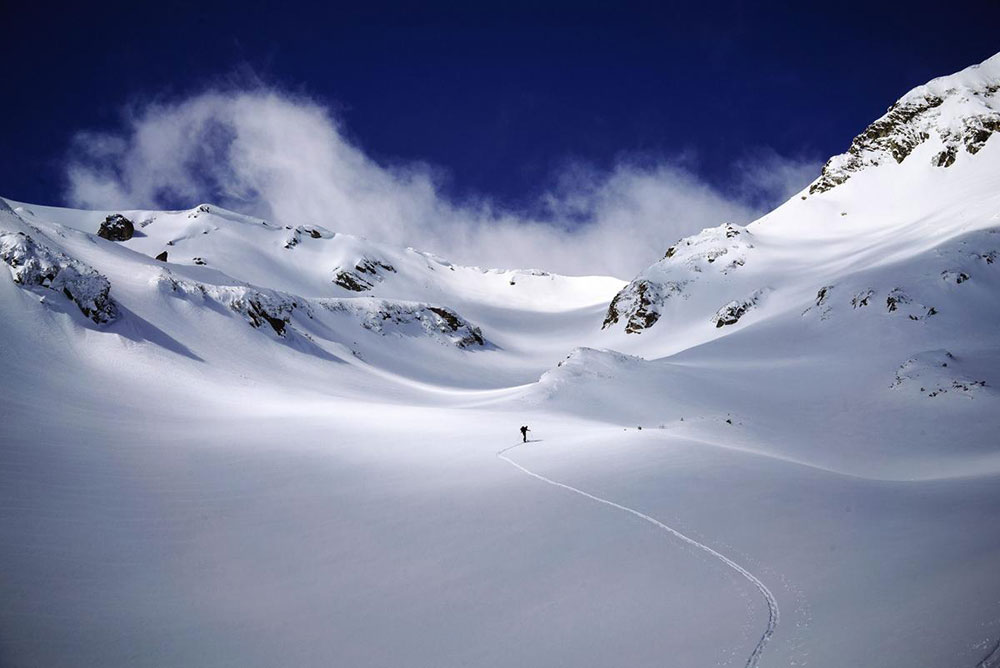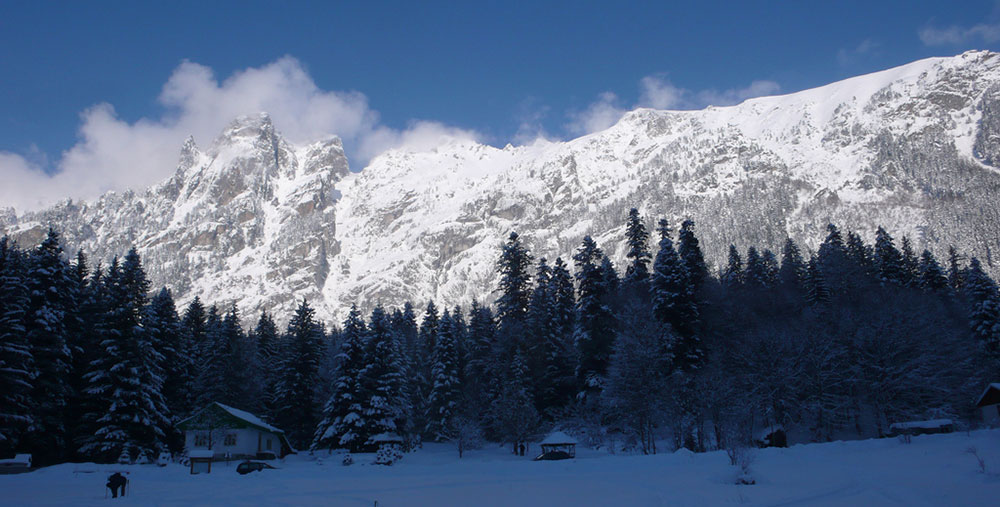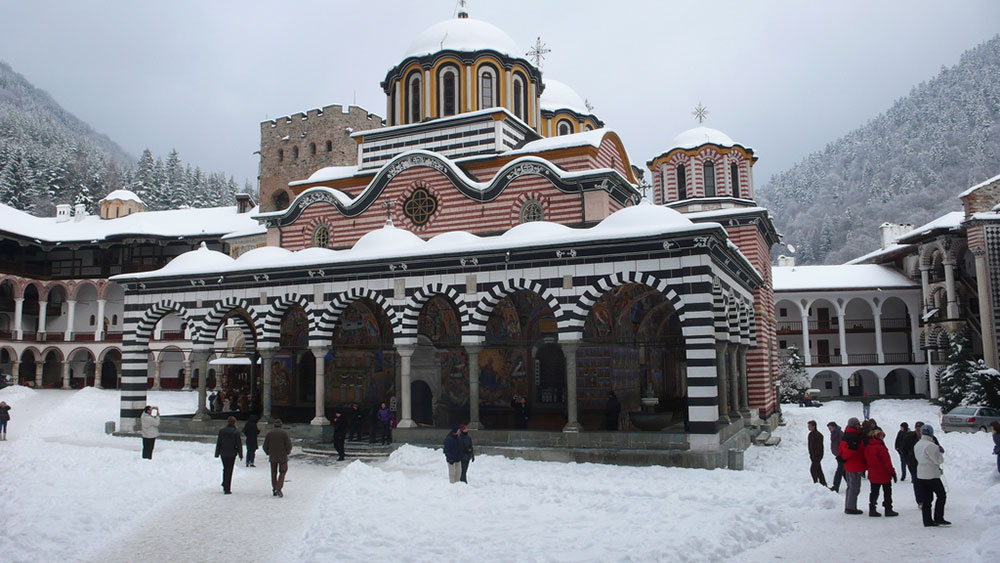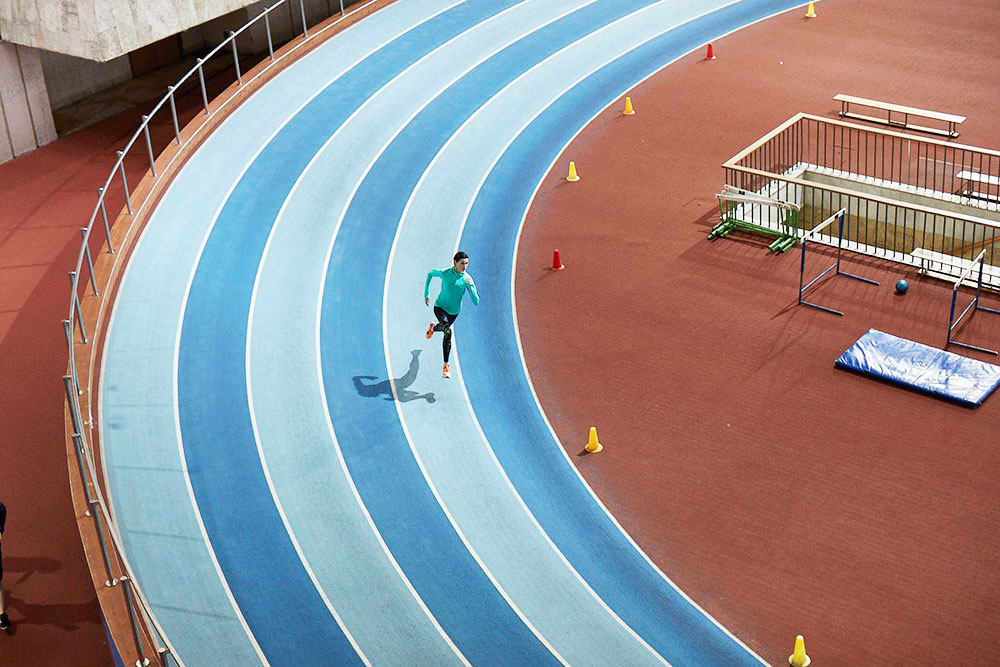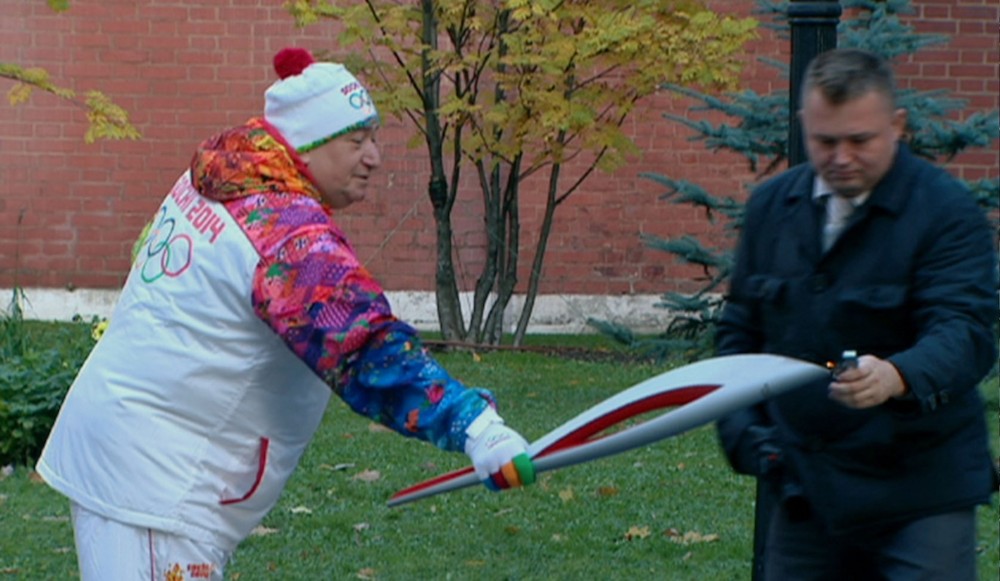The best backcountry ski-slopes in the New East
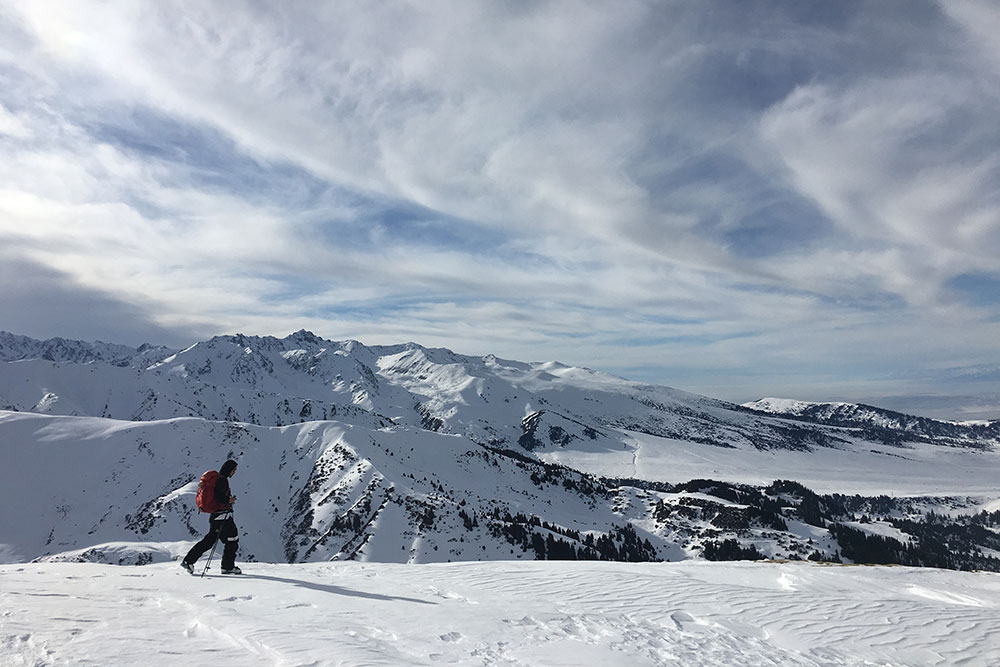
From the wilds of Russia's Kamchatka Peninsula to the highest peak of Slovenia's Julian Alps, the untamed backcountry of the New East abounds with off-the-radar ski resorts and spectacular off-piste slopes. Adventure through these small mountain villages to discover the region in a new way
Over the past decade, winter sports enthusiasts have been moving from groomed slopes to the untamed backcountry. It’s a trend that follows throughout the New East, where young skiers and snowboarders are exploring the ample and impressive mountain ranges that in some cases start right at their front doors. While cutting-edge gear may still be hard to come by, this inconvenience does little to dampen the enthusiasm of the region’s backcountry pioneers. From the Carpathian and Caucasus Mountains to the Urals and Altai to the Tian Shan and Pamirs, the area opens up in an entirely new way when you are on touring skis or a splitboard. Far from major cities and tourist centres, traveling through small mountain villages is a different way to discover the New East. There are more areas and routes across the region being opened each year, and so far, these spots have remained off the radar, meaning you won’t have to compete for your slice of the slope during any of these weeklong adventures.
Elbrus, Russia
Dominating the Greater Caucasus range that stretches from the Black Sea to the Caspian Sea, Mount Elbrus (5,642m) is steeped in mountaineering history. One of the Seven Summits (made up of each continent’s highest peak), Elbrus is considered one of the easiest to bag because of its moderate glaciated slopes — which also make it ideal for a ski-based ascent. What the route up the two-headed non-active volcano lacks in technical challenges is made up for in the physical duress brought on by high elevation and unpredictable weather. Late March until early May is prime time for a ski-touring expedition, when the snow is stable and still plentiful at lower altitudes. Fly into Mineralnye Vody and then drive south to the Baksan Valley, from which daylong tours to peaks like Mount Kogutay (3850m) and Mount Cheget (3650m) will help you acclimate and provide spectacular panoramas of the mountain range. Next, head up to Garabashi Huts (3800m), the Elbrus basecamp conveniently accessible by gondola. Spend a day touring up to Pastukhov’s Rocks (4800m), from which you can look south across the Georgian border into Svaneti to see Ushba (4710m), the “Matterhorn of the Caucasus” and the region’s most challenging peak to climb. On Summit Day, get an early start and be sure to bring ski crampons for travel across ice fields. When you reach “the roof of Europe”, you can see into Georgia, Armenia, and Azerbaijan to appreciate the Caucasus in their full splendor.
Almaty, Kazakhstan
No other city in the New East offers such easy access to skiable backcountry — a 30-minute drive from the centre of Kazakhstan’s former capital takes you to a number of nature reserve trailheads that will lead you to 700m vertical drops. While most Almaty residents prefer to ski and snowboard at the city’s recently renovated resorts Shymbulak and Ak Bulak, the city’s growing freeride community is exploring new lines in the neighboring peaks and valleys. The extensive network of summer hiking routes makes for punishingly steep ascents to peaks such as Three Brothers (2850m), Furmanovka (3000m), and Bukreev (3000m). Even when Almaty is clouded in smog (as it often is), it’s clear in the mountains, with views beyond Almaty out across the steppe and to the Tian Shan bordering Kyrgyzstan. Low mountain temperatures keep fresh snow light for days and the near absence of any backcountry skiers means that bowls of powder and steep lines through untouched forests are entirely yours for the taking. In Almaty, the ski season lasts nine months: brothers Sergei and Vladimir Ivanovskiy of Adrenalinic Silence lead backcountry expedition to higher summits like Peak Tourist (3935m) in June.
Karakol and Kyrgalan, Kyrgyzstan
It’s only fitting that a country that is 94% mountainous would be the backcountry capital of the New East. Lately, single-lift ski areas have been opening up throughout Kyrgyzstan, but the country’s most developed resort remains Karakol (2300m), which was originally built as a training base for the Soviet Union’s Olympic ski team. Among snow-obsessives, Kyrgyzstan is worshipped for the impossibly light powder that blankets the Central Tian Shan, and Karakol’s location on the southern banks of Lake Issyk-Kul means that fresh snow is always abundant. From the top of the Karakol ski base, you can tour over to the next valley, Altyn Arashan (Golden Spa), popular with trekkers in summer and deserted in winter, making the endless powder shots and hot springs exclusively yours. A short drive from Karakol takes you to Jyrgalan (2450m), a former mining village where you can stay with local families and make day-tours with local backcountry guru Kasadin Musaev of Kyrgyz Tours up the valley for superior tree skiing in thigh-deep powder. If you’re traveling with a group, consider renting out the 40 Tribes fully catered yurt camp near Jalpak Tash (2800m), an ideal base for day tours to nearby 3600m summits and panoramic views across Lake Issyk-Kul.
Gudauri, Georgia
A two-hour drive from Georgia’s capital Tbilisi, Gudauri (2200m) is the perfect base for combining on-piste resort skiing with backcountry adventure. Don’t let the resort’s European lifts fool you — Gudauri is thoroughly Georgian, from the slope side kiosks selling churchkhela, a string of nuts covered in grape must, and chacha, the local grappa-like liquor, to the touring route to the still-operating Lomisi Monastery across the valley from the resort. Backcountry trips outside the resort abound and offer access to all kinds of terrain, from the wide-open snowfields of Mount Dedaena (3450m) to the volcanic boulder fields of Mount Khorisar (3736m). For a true multi-day expedition, continue from Gudauri north on the Georgian Military Highway to Stepantsminda (1740m), better known as Kazbegi. From there, you can begin a tour to the summit of Mount Kazbek (5,047m), which spans the Georgian-Russian border and is Georgia’s third highest peak. Enjoy stunning views of Georgia’s iconic Gergeti Trinity Church (2170m), dating back to the 14th century, as you ascend towards Betlemi Hut (3700m), a converted ex-meteorological station that makes an excellent base for acclimatisation and summit attempts. On summit day, be ready for glacier travel in the morning followed by a steep climb up the saddle and ice climbing for the final push to the peak. From there, the vast expanse of the Caucasus will open up, with Mount Elbrus visible in the distance.
Kamchatka, Russia
From gentle volcanic slopes to copiousness amounts of fresh powder to spring skiing season that lasts into summer, Kamchatka is a ski mountaineer’s paradise. While many venture to the sparsely inhabited peninsula in the Russian Far East for heli-skiing, there are many compelling reasons to “earn your turns” in what feels like the edge of the world. Sandwiched between the Sea of Otkhotsk and the Pacific Ocean, Kamchatka gets hammered through the end of April with fresh drops of champagne powder that blanket the pristine mountainous landscape dotted with geysers and hot springs. In May, with sunshine and warmer temperatures, the powder transforms into corn snow, which, granular and wet, provides extra glide as you skin up a slope. The “Land of Fire and Ice” is a massive playground of volcanoes to climb and ski. From the peaks of Avachinsky (2741m), Koryaksky (3458m) and the more technical Viluchinsky (2173m), you can see snow capped volcanoes and mountains ripple into the distance, interrupted only by the sea. With vertical drops up to 1900m, you’ll have enough time to enjoy your otherworldly surroundings while negotiating couloir drops and cruising across open snowfields all the way down to sea level.
Triglav/Julian Alps, Slovenia
In Slovenia, Mount Triglav (2864m) is a big deal. The highest peak in the Julian Alps, it adorns the country’s coat of arms and was the symbol of Slovene partisans during the Second World War. In its early days of independence, Slovenia’s first president even pronounced it the duty of every Slovene to climb Triglav once in their lifetime. Backcountry skiers and snowboarders can do even better, first traversing the hut-to-hut circuit around Slovenia’s beloved “three-headed man” before climbing to the summit. Starting from Vogel Ski Resort (1922m), an hour’s drive from Ljubljana, the route can be completed in four days, descending from passes into plateaus, traversing past frozen alpine lakes, and spending nights in serviced rustic mountain huts. Having successfully circumnavigated Mount Triglav, climb to the summit on the fifth and final day to cap off the tour and take in views that in good weather stretch all the way to the Adriatic Sea. The final drop down Krma Valley combines varied terrain — steep couloirs, snowfields, and trees — to wrap-up of one of the New East’s most thrilling hut-to-hut tours.
Bansko, Bulgaria
Though Bulgaria’s peaks may not top 3000 metres, the Rila and Pirin mountain ranges in the country’s southwest corner are home to some of the best backcountry skiing in the Balkans. From February through March, cold winter temperatures combined with humidity from the Black Sea create optimal snow conditions, covering the area’s sharp ridges and rolling slopes. With some steep climbs, it’s possible to summit many of the region’s tallest mountains. Start your tour 70 kilometers south of Sofia in the village Govedartsi (1200m) and warm up by skinning up to peaks like Malyovitsa (2729m), Metchit (2567m), and Lopushki (2698m). Then tackle the highest peak in the Balkans, Mount Musala (2925m), which you can get a head start on by taking a gondola to Yastrebets Peak (2360m). The area has more, though, than just the country’s tallest mountains — it’s also home to Bulgaria’s largest and most famous religious site, the Rila Monastery, which dates back to the 10th century and is a designated UNESCO World Heritage site. Further south, Pirin National Park is known for its challenging terrain as well as for its gorgeous alpine peaks, glacial lakes, and pine forests. The town Bankso (925m), inhabited since the Roman Empire, has become Bulgaria’s winter sports capital and it makes a great base for expeditions to peaks like Todorka (2746m), Polezan (2850m), and Vihren (2914m), Bulgaria’s second tallest mountain. From the summit, there’s more to look forward to than just the untouched steep kilometer of descent you’ve earned — the area also abounds with thermal springs perfect for unwinding after a big day in the mountains.
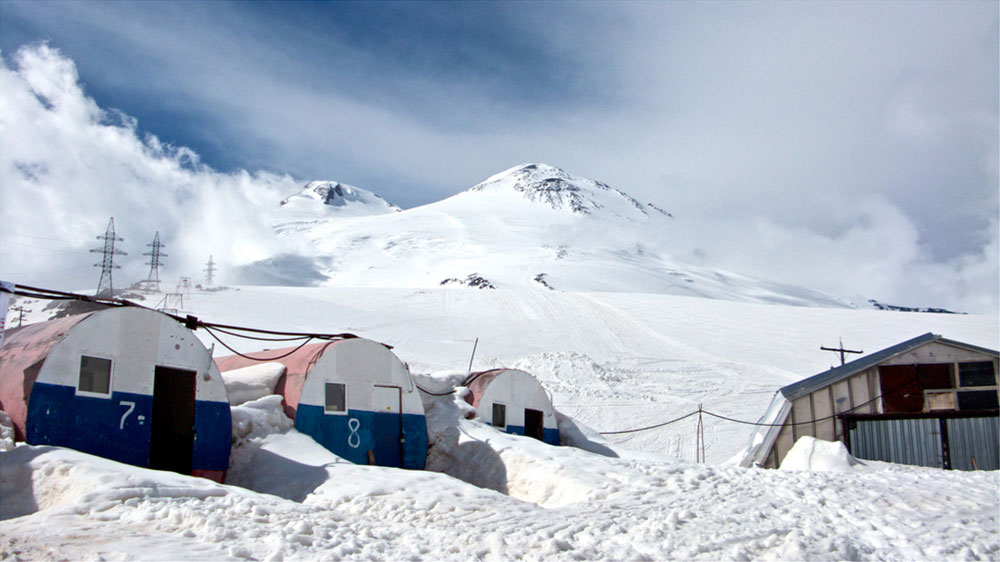
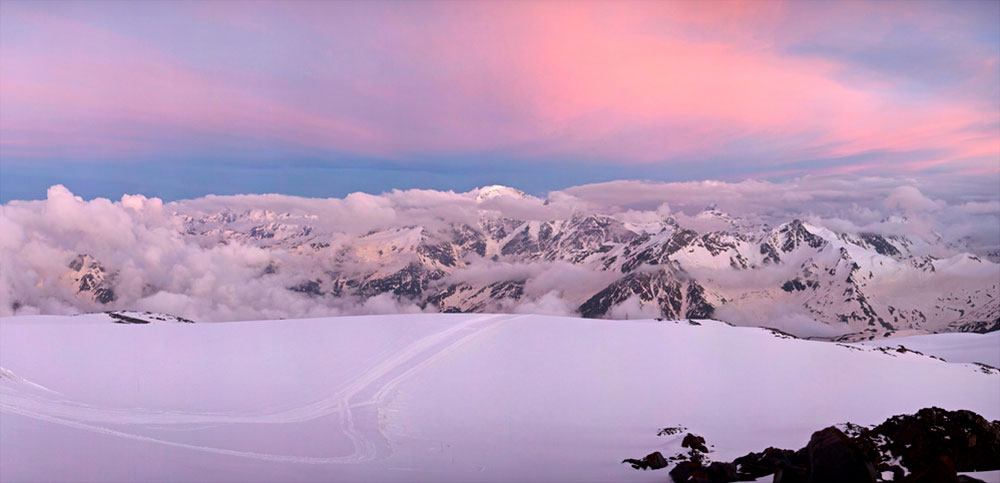
.jpg)
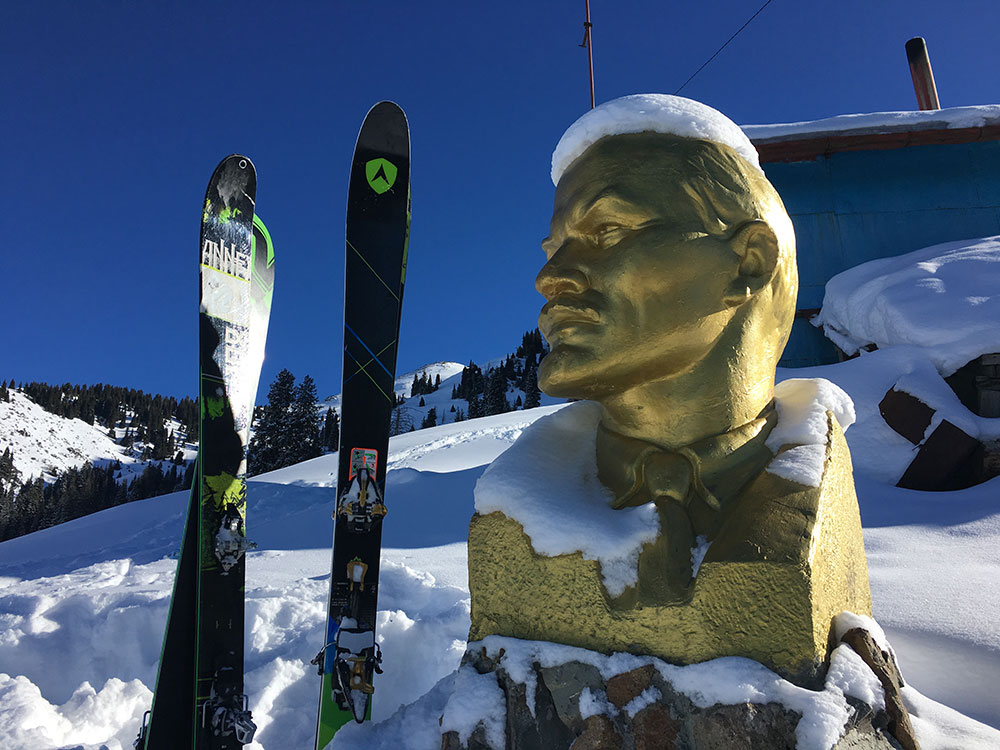
.jpg)
